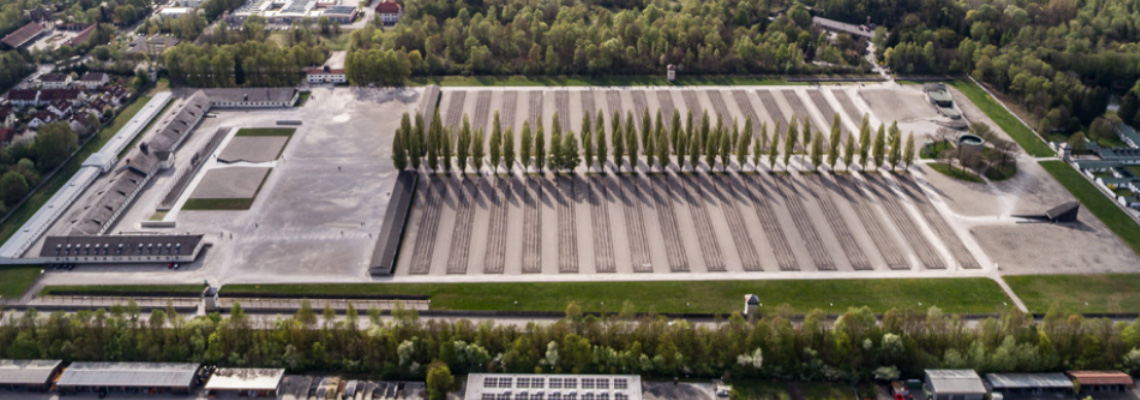The Subcamp Network of the Dachau Concentration Camp
The development of a system of subcamps for forced labor
In the early years of the Dachau concentration camp, the work imposed on the prisoners often served as harassment and punishment. Jewish prisoners and inmates accused of some offense had to do extremely grueling work in the gravel pit. Beginning in 1938, the work of the prisoners was used for specific building projects of the SS and its expanding economic enterprises. The SS continued however to use exhaustive manual labor as an instrument to punish and terrorize the prisoners.
Camp inmates as work slaves
After the so-called “Blitzkrieg strategy” against the Soviet Union failed, the Nazi regime adjusted to the demands of a protracted war. In the spring of 1942, the regime decided to deploy concentration camp prisoners as forced laborers in war production on a large scale. Armaments workshops were set up in the concentration camps, but primarily external work details and subcamps were located near armament manufacturers. The Dachau concentration camp had under its authority a vast network of 140 subscamps, predominantly in southern Bavaria. The prisoners were forced to work mainly in the air armaments sector. The SS “hired out” prisoners to economic enterprises crucial to the war effort in exchange for payment, while the companies profited from the labor of the prisoners. The SS transported the prisoners to the work site and was mostly responsible for guarding, providing rations and living quarters, as well as medical care. For many prisoners, working in factories meant improved imprisonment and living conditions. A deployment at an outdoor site however, particularly in the construction work details, equated to “extermination through work”. An enormous number of prisoners died due to the inhuman working conditions and lack of food, as well as assaults by the guard personnel. The actual number of victims is difficult to ascertain because prisoners unable to work were returned to the main Dachau camp, from where they were then sent to the extermination camps to be murdered. The Dachau concentration camp developed into a collection and distribution point that arranged for the necessary replenishment of new work slaves and replaced those prisoners no longer able to endure the murderous conditions.
Underground manufacturing sites
In 1944, with Allied air raids increasingly inflicting damage on and severely hampering armaments production, the Armaments Ministry planned to build bombproof, underground manufacturing sites. The two largest subcamp complexes of the Dachau concentration camp, in Mühldorf and Landsberg-Kaufering, were set up. This undertaking demanded an enormous labor force. In the summer of 1944, Adolf Hitler thus ordered the deportation of Jewish prisoners from the concentration camps at Auschwitz, Kaunas, and Warsaw, as well as from Hungary, occupied by Germany since March 1944, to the Reich. In the subcamps of Mühldorf and Landsberg-Kaufering, a large number of Jewish prisoners were forced to build enormous bunkers that were to house production facilities for fighter planes. More than 30,000 prisoners had to endure murderous imprisonment and working conditions; over one third of them did not survive the ordeal.

